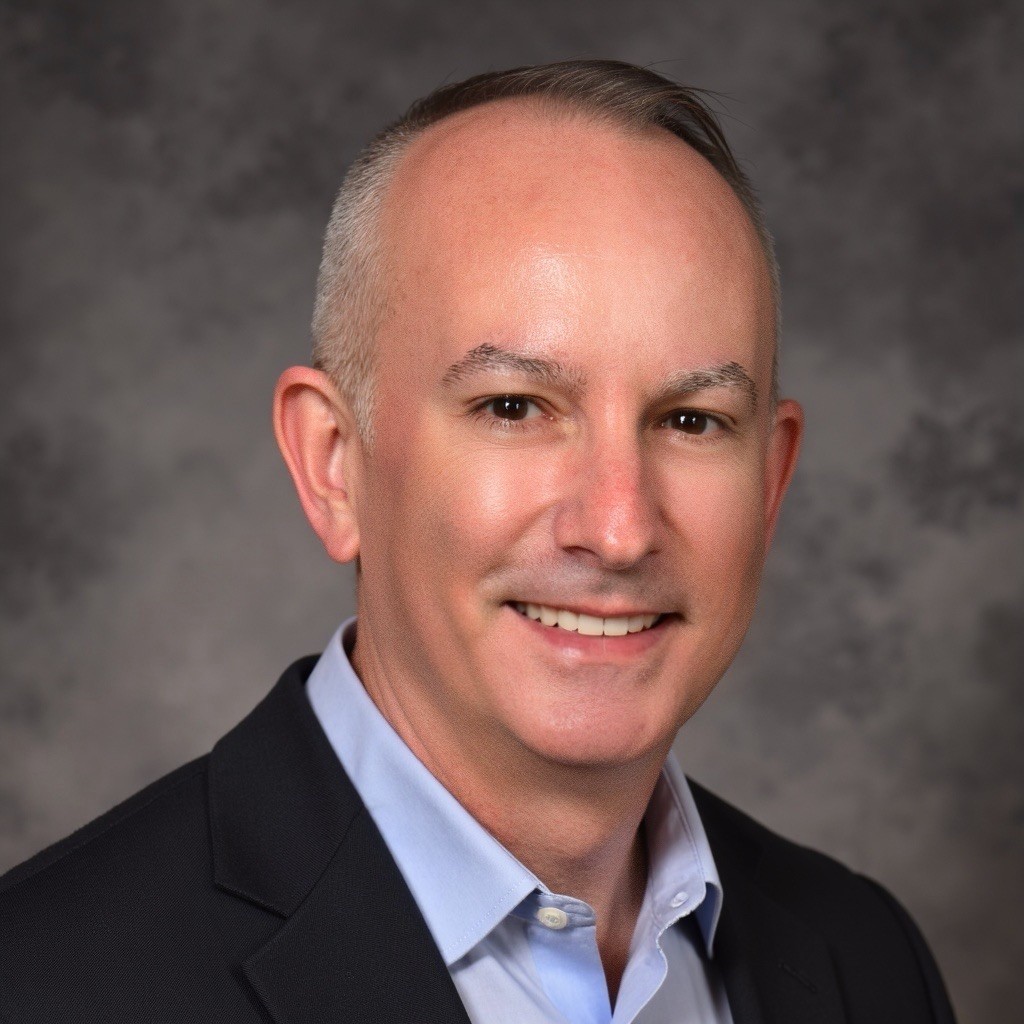BIC - September 2017
By: Shawn M. Galloway
Printable Version
Are your measurements designed to provide more data on results or warn you problems are coming? In 2006, Larry Brilliant, an epidemiologist and tech visionary (and one of the leaders of the successful World Health Organization smallpox program that, in 1980, certified the global eradication of smallpox and later helped eradicate polio) gave a TED Prize acceptance speech calling for a new global system to identify and contain pandemics before they spread. This talk changed how I looked at safety measurements. His chant, "Early detection, early response," moved me.
In the medical community, clients taught me that a response is a positive, proactive term, and reaction is negative. If your body responds to a drug, procedure or any type of medical intervention, it is a good thing. If it reacts, that is a bad response. This led me on a mission to find better early detection and early response indicators. Six years later, on September 15, 2012, I had my own personal event confirming I was right in this thinking. I tell this embarrassing story in the hopes it will further highlight the need for this early detection, early response thinking throughout safety and, hopefully, save a few lives.
My nephew was about to be born, and if you wanted to be near an infant, the hospital required each visitor to be recently vaccinated for whooping cough. I went to the local pharmacy and, because it was flu season, twelve others were there for shots as well. The seats were all taken except for one attached to a blood pressure machine. Having not taken my blood pressure in a while, but feeling quite healthy, I sat down, placed my left arm in the cuff and pushed the button. When the score came back 175/107, I was shell-shocked. My mother was a nurse, so I knew what that result meant.
I left and went to an emergency clinic, and was honest with the physician about my lifestyle. I travel a lot consulting, leading safety improvement efforts for clients and keynote speaking. I wasn't making the right choices in diet and exercise, and now that was apparent. I was placed on blood pressure medicine and directed to make a change in lifestyle. On my way home, I purchased a home blood pressure monitoring kit. As I changed my interventions (e.g., medicine, exercise, diet, etc.), I monitored my blood pressure. Some efforts provided no change, while others led to a reduction.
Having a heart attack, organ failure or death would all be lagging indicators. Blood pressure is a leading indicator and an early detection, early response metric. It is also a transformative, value-focused measurement. Injuries and incidents prompt an organization to react, and some, while well-intentioned, over-react. What is needed for further breakthroughs throughout the safety industry are better early detection indicators so we can respond proactively.
What are your blood-pressure measurements in safety? What tells you what you are doing is adding value? What tells you the training is enhancing knowledge and changing behavior, or that your improvement efforts are beneficial from the perspective of those using or affected by your safety programs? What indicators tell you why you have gone a month, year or decade without an injury? What tells you the culture is changing for better or worse? Our clients have found some interesting ways to measure this, but have learned what may be an insightful indicator for one company is pointless for another. Start an internal discussion: "What indicators allow us to detect concerns early and respond proactively?" The hard truth is if someone is surprised by negative results, odds are they aren't paying attention to the indicators. Don't let that be you — and P.S. Check your blood pressure.

Shawn Galloway, CEO of ProAct Safety, is an expert in safety excellence. With almost thirty years of experience, he is a highly sought-after advisor, keynote speaker, and expert witness. Shawn has become a trusted partner to leading organizations across various industries worldwide. He ranks in the top 1% of the most prolific writers in his field, having authored over 500 articles and several bestselling books. He also launched the world's first safety podcast, Safety Culture Excellence©. As a recognized authority in safety, Shawn has received awards such as being named among the Top 50 People Who Most Influence EHS and a Top 10 Speaker, among others.
He is a regular guest on Bloomberg, Fox News, The Daily Mail, Dubai One, U.S. News & World Report, Sirius Business Radio, Wharton Business Daily, and leading safety magazines and podcasts. Shawn also serves as a member of the Harvard Business Review Advisory Council, Forbes Business Council, and Fast Company Executive Board, enabling his influence to shape safety thinking and strategy at the executive level.
